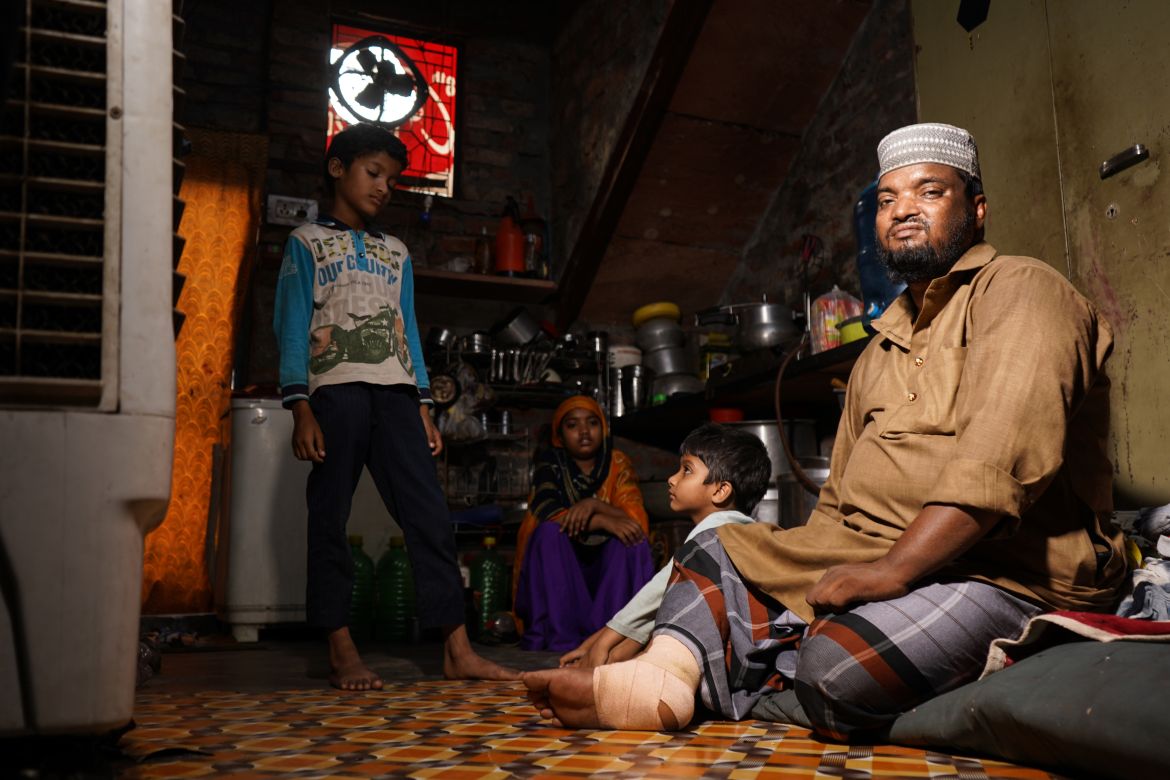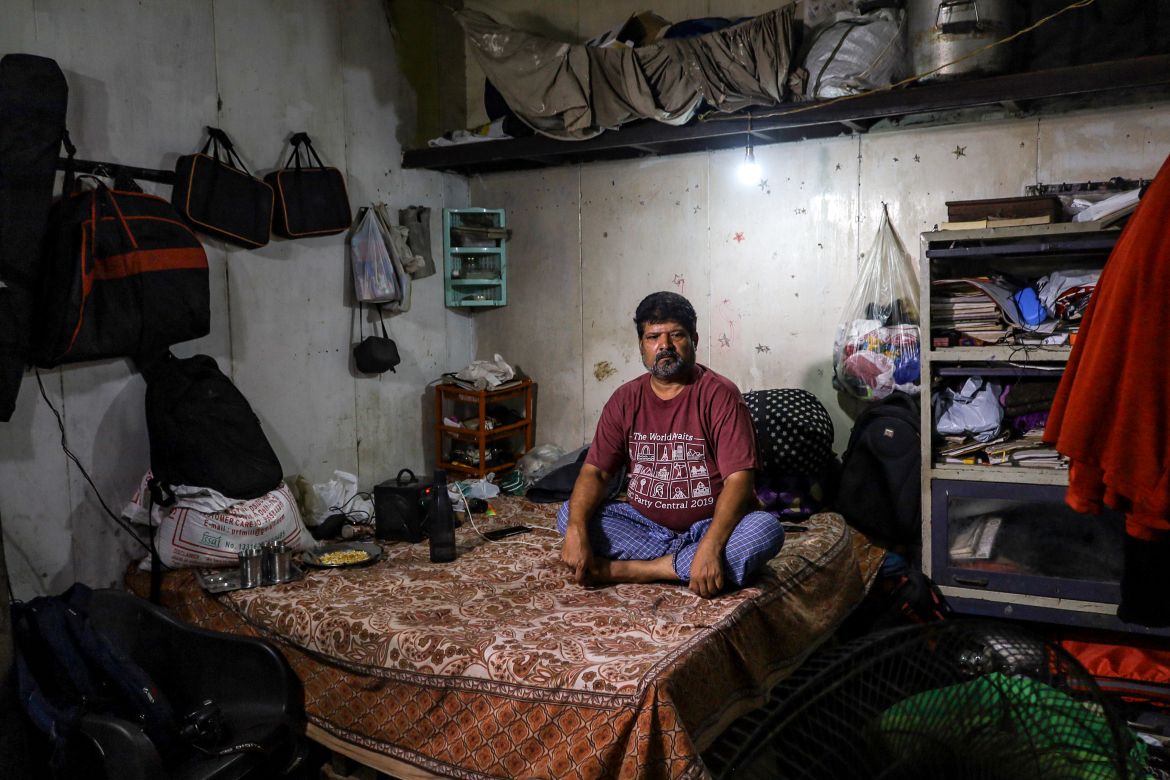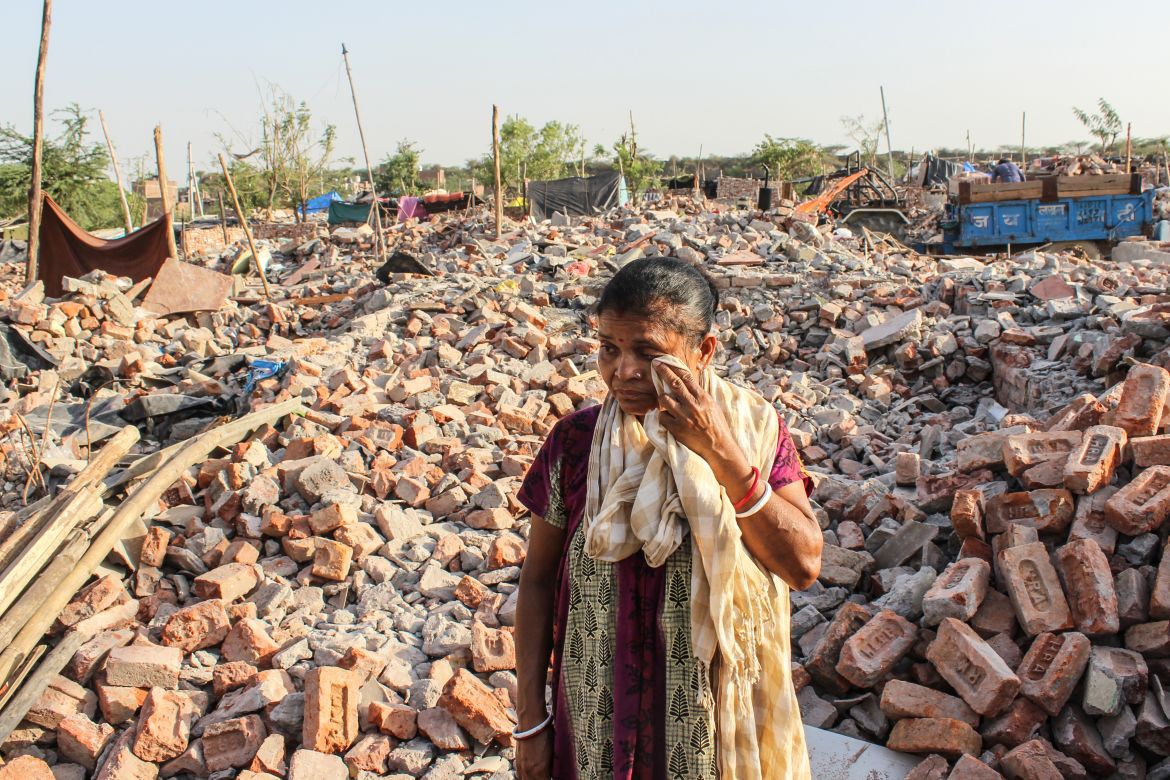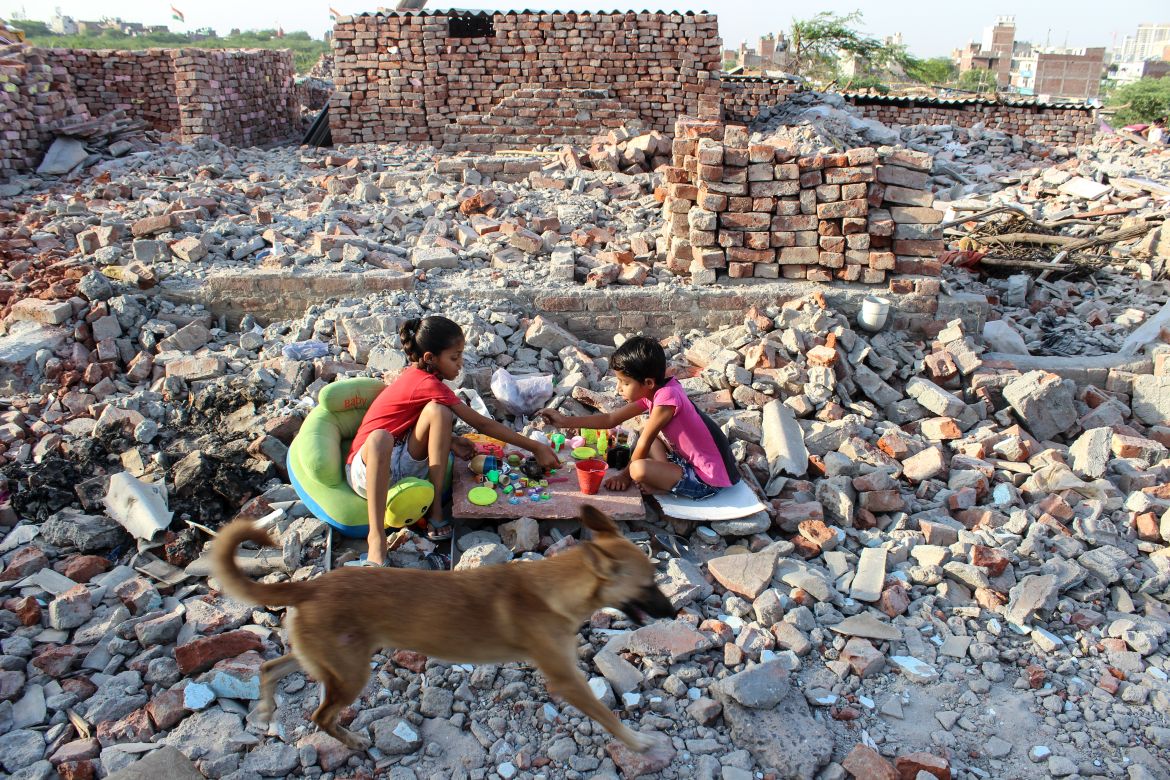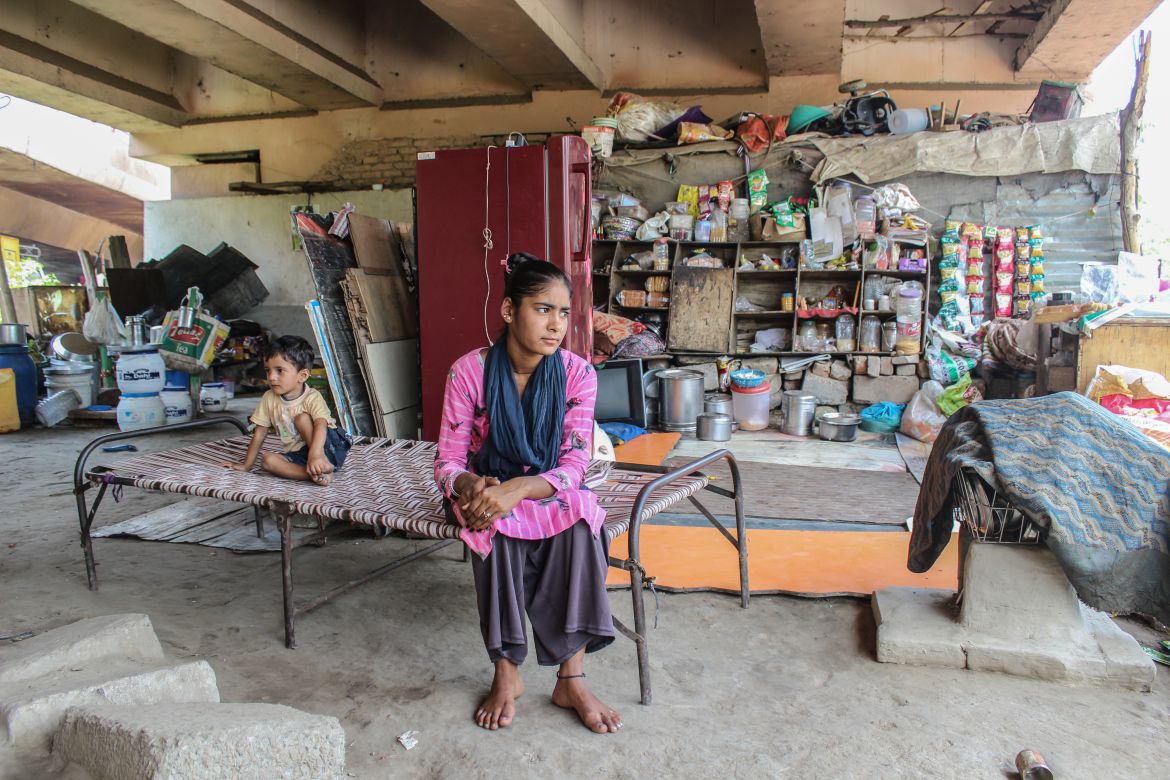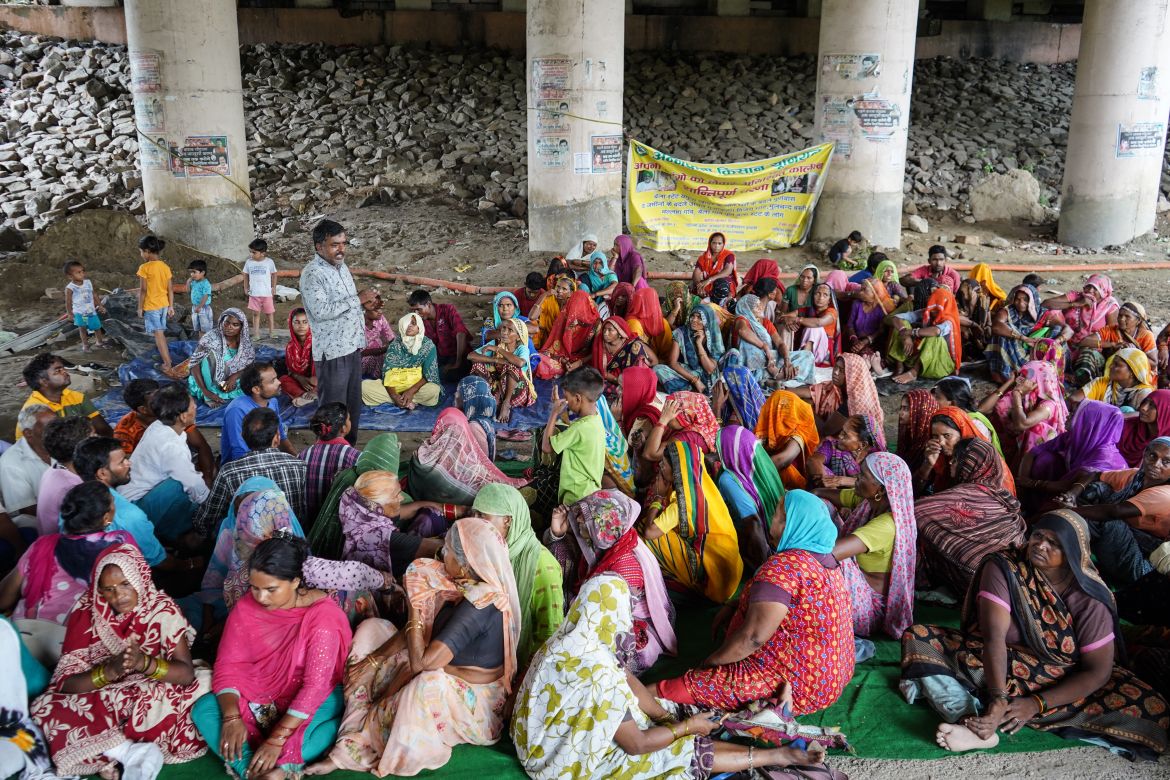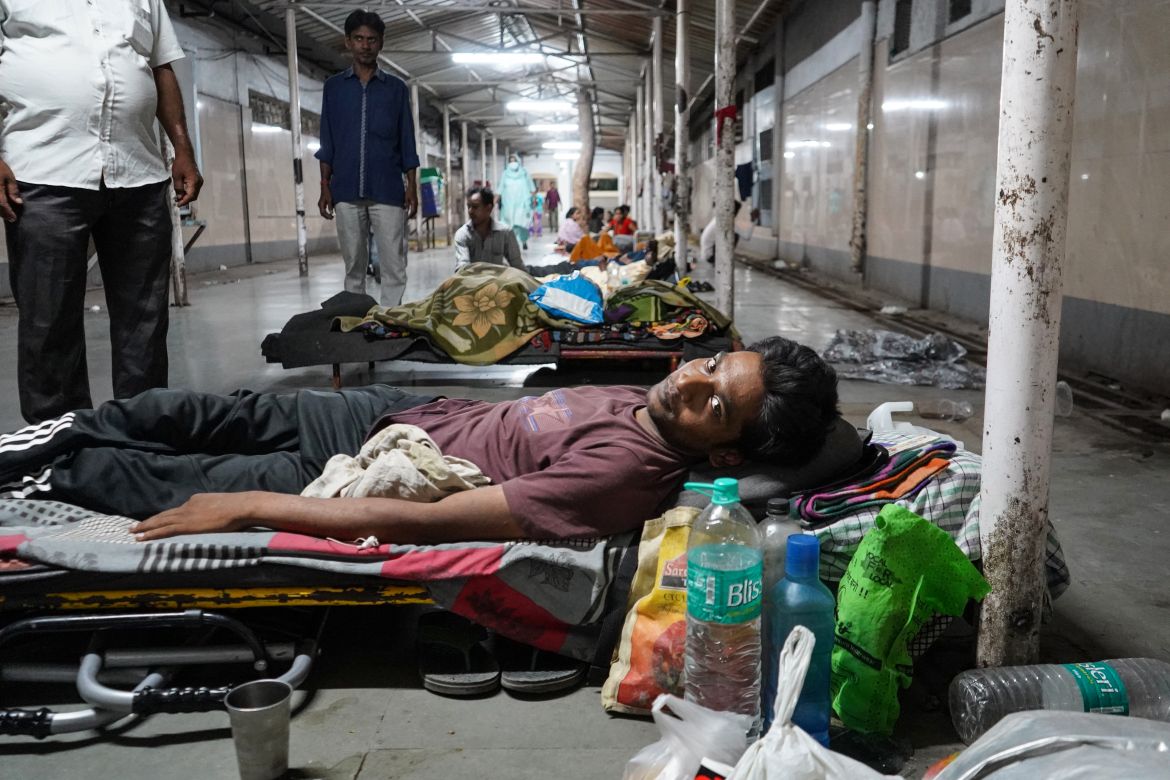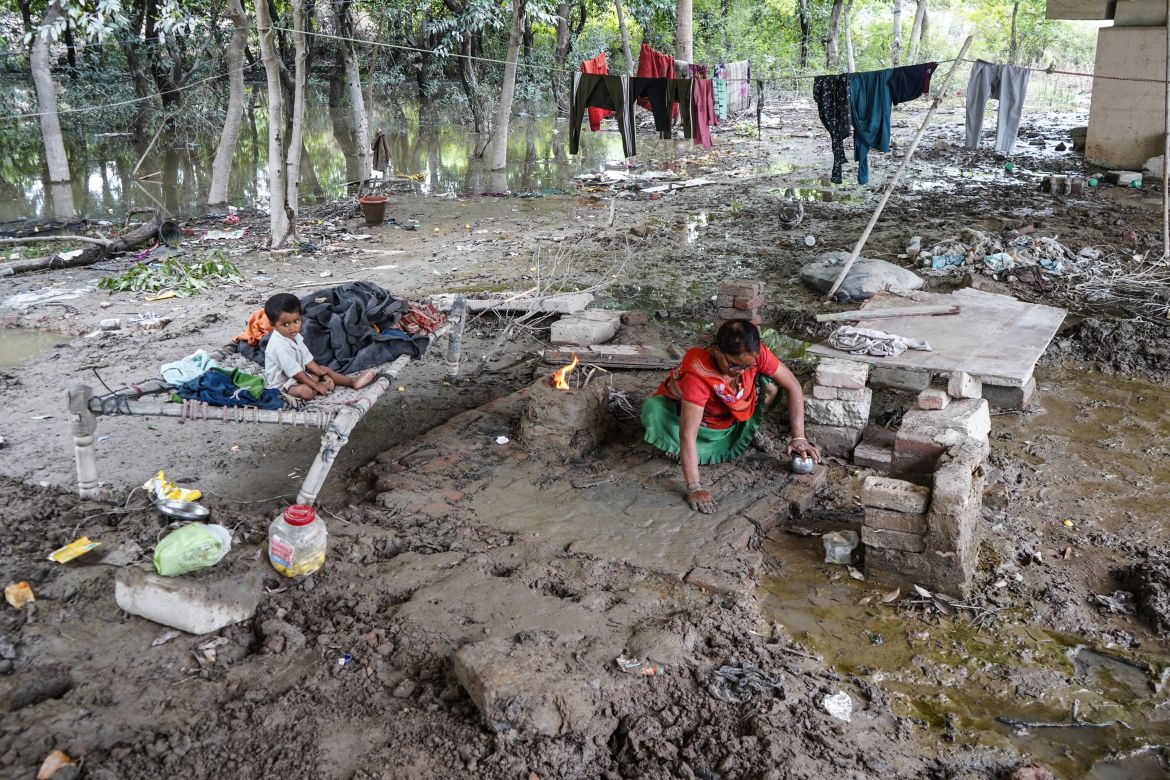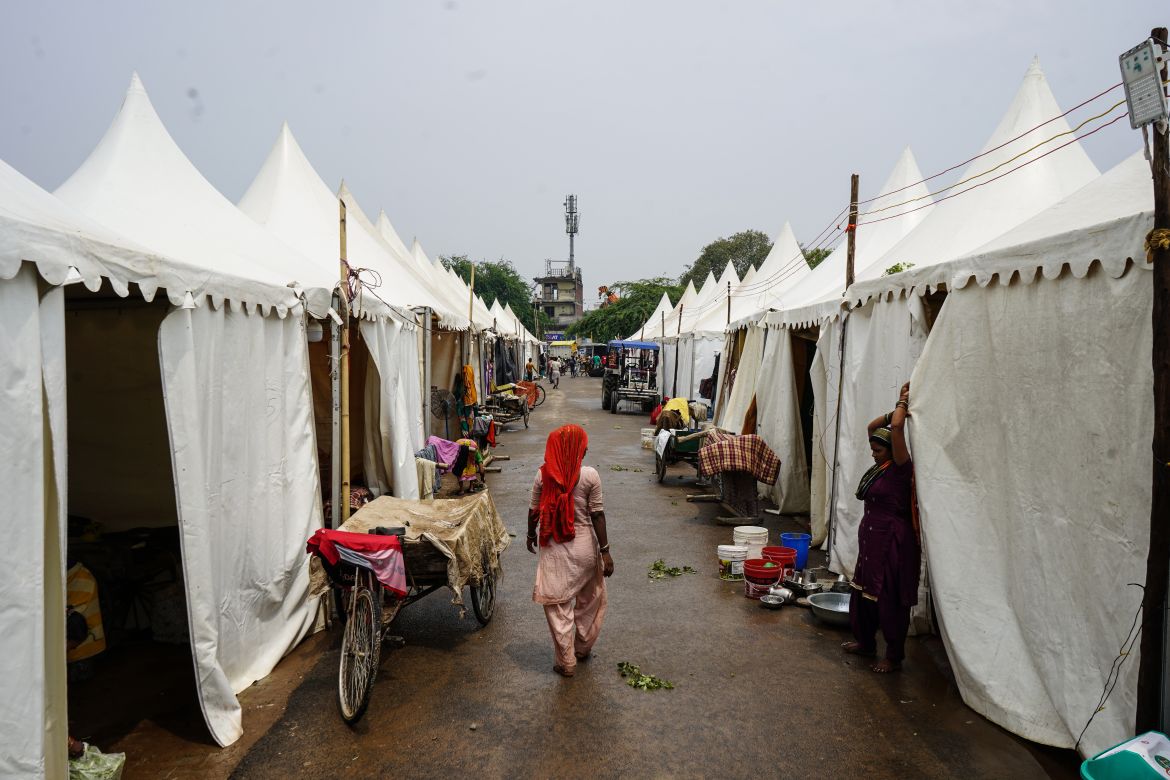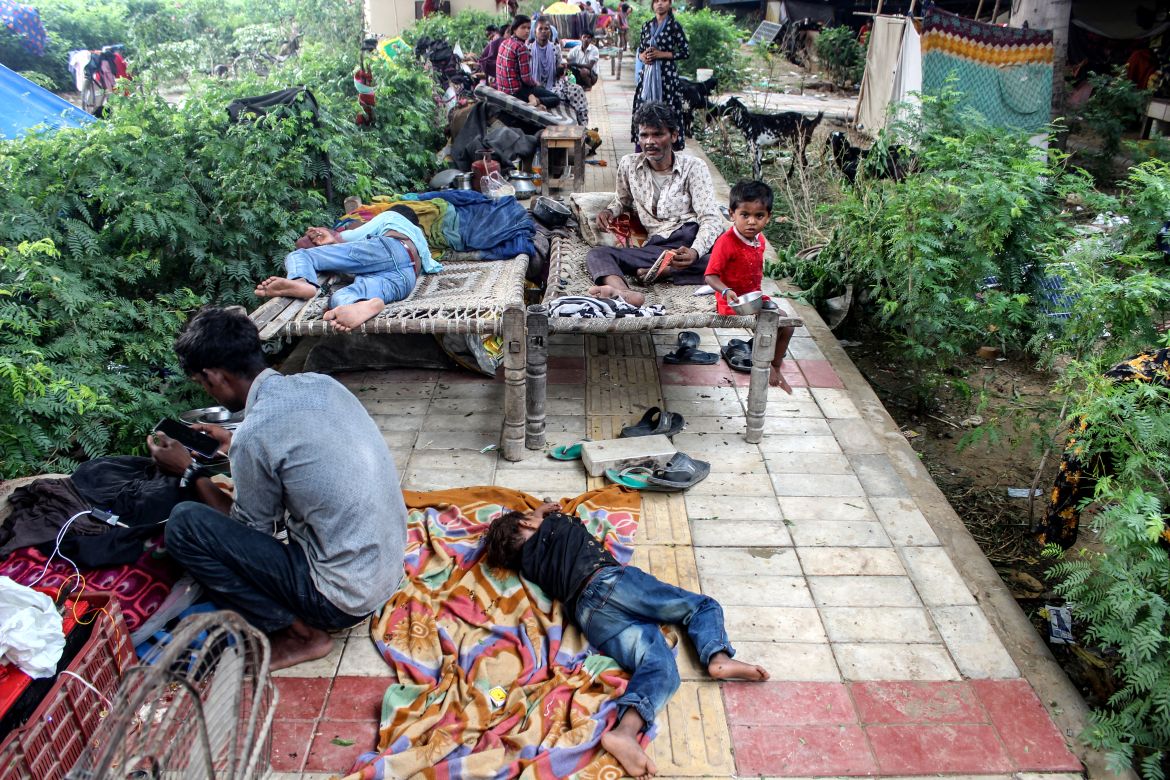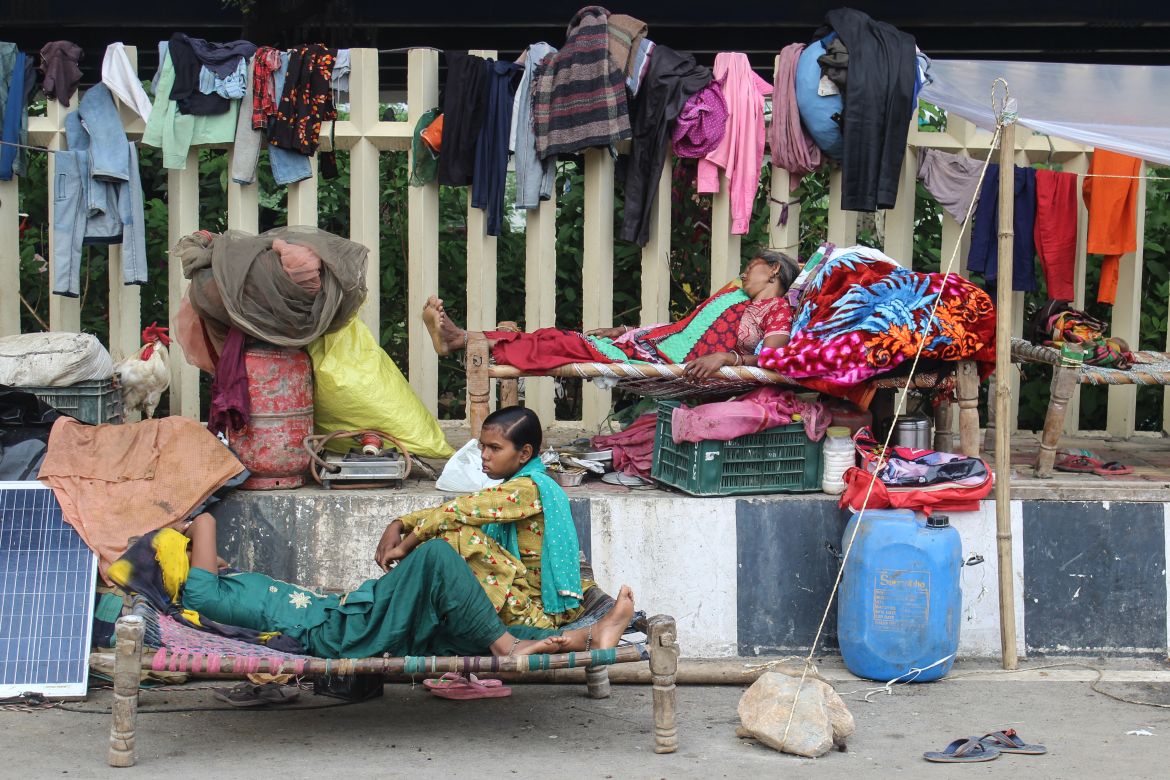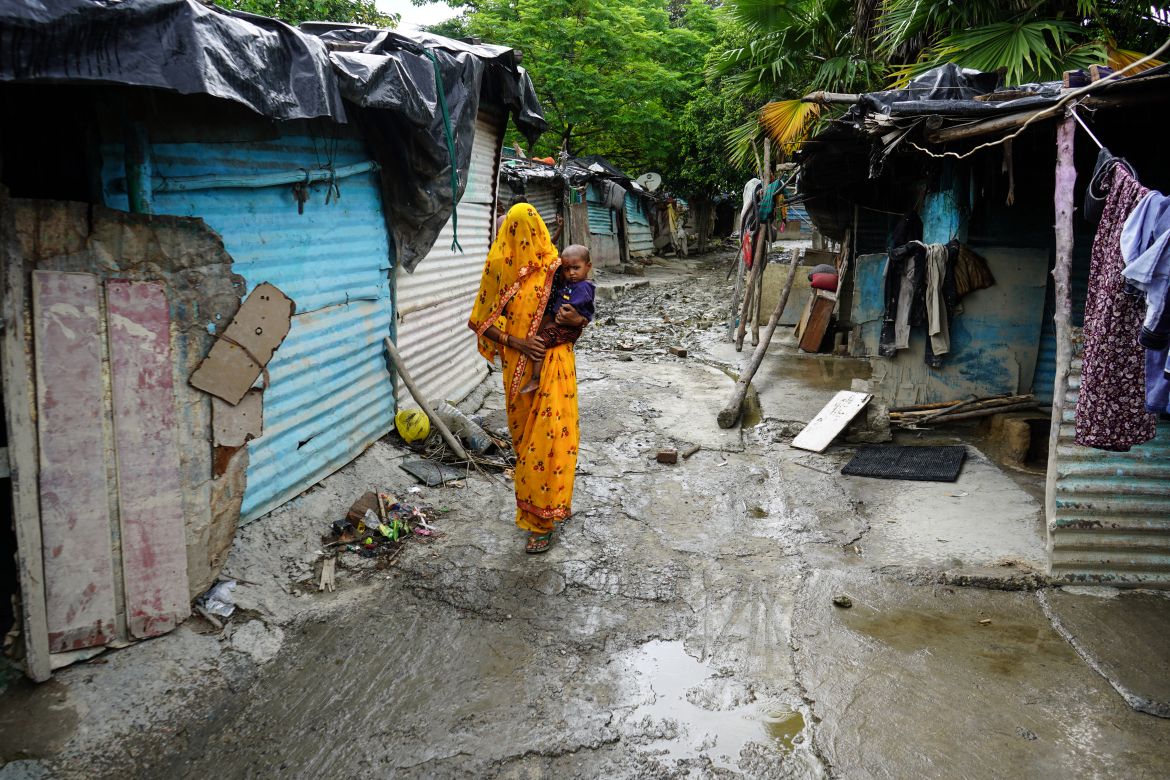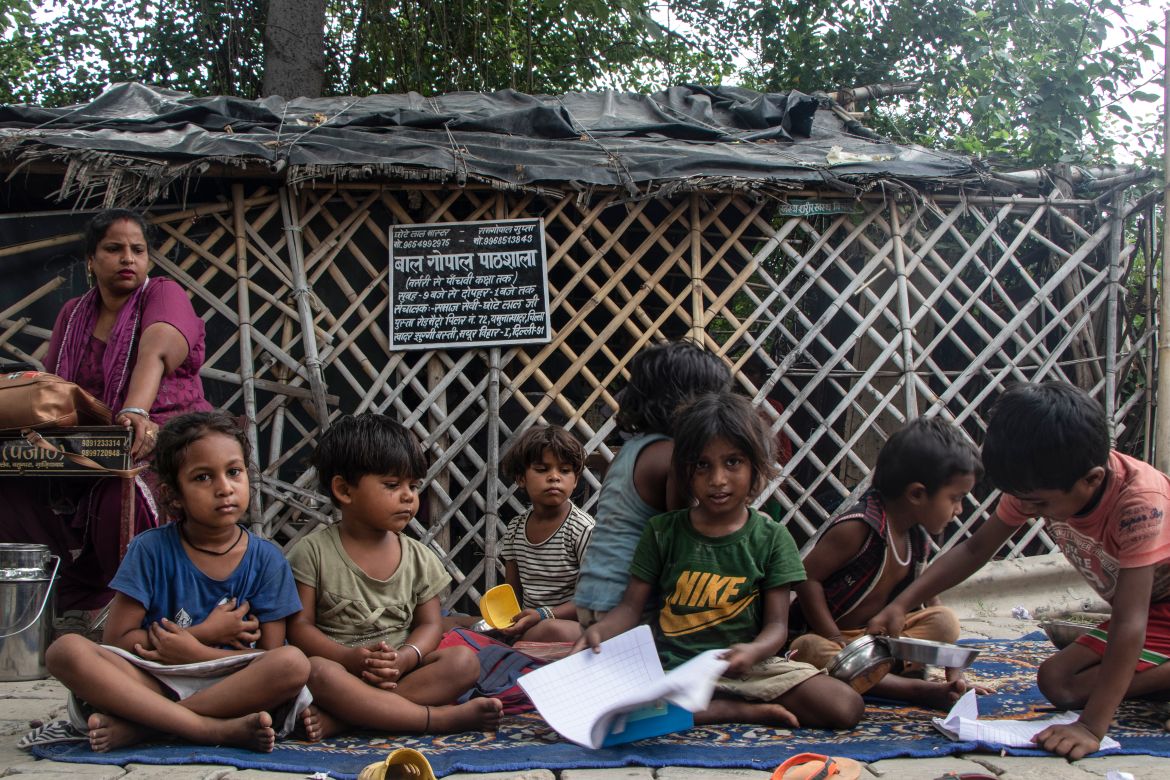In Pictures
The housing crisis for the poor in India’s capital
Lack of affordable housing, reduced land entitlements and accelerated housing for the privileged are behind the crisis.
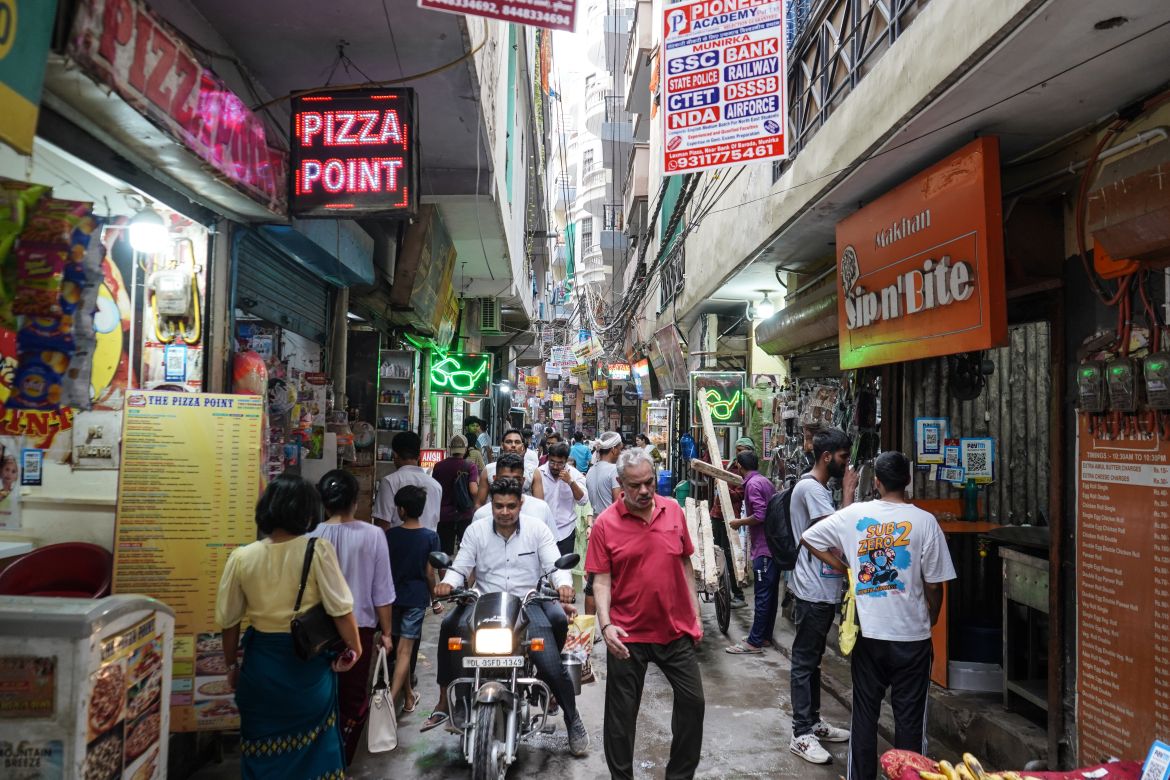
As India becomes the world’s most populated country with 1.4 billion people, housing, particularly for low-income urban households, remains a longstanding challenge.
According to a report by India’s Ministry of Housing and Urban Affairs, there was a housing gap of about 19 million units throughout Indian cities in 2012. The study, done in light of the 2011 census, added that housing for low-income groups accounted for more than 95 percent of the deficit.
India’s 2021 census was suspended due to the coronavirus pandemic and is yet to be announced.
Another study by the Indian Council for Research on International Economic Relations (ICRIER) in 2020 found that India’s urban housing shortage rose 54 percent to 29 million in 2018 from 18.78 million in 2012. It included households that were homeless, households that lived in inadequate houses that could not be upgraded, houses that were obsolete and those that lived in congested conditions.
According to the Delhi government’s Economic Survey for 2020-2021, 6.75 million people lived in poor housing in low-income settlements only in New Delhi, India’s capital, which included 695 slum settlements, 1,797 unauthorised colonies and 362 urban villages.
An additional 2.4 million new housing units were required to meet New Delhi’s housing deficit, it said.
“I have lived in Delhi for 40 years, worked hard my entire life, but I could never afford a better house for myself,” Shah Alam, an autorickshaw driver who lives in a single room with his family in a slum in the city’s Ghazipur area, told Al Jazeera.
Experts say the slow speed of building affordable housing, reduced land and space entitlements, accelerated housing production for the privileged classes, and large-scale demolitions and evictions have contributed to the urban housing crisis in India.
India’s government has implemented a number of housing policies and projects in response to the perennial challenge, mainly among low and middle-income groups.
The Delhi Urban Shelter Improvement Board (DUSIB) says it is trying to improve housing quality and provide shelter to the homeless in the city of nearly 20 million residents.
“The board is implementing the approved plan schemes to improve the quality of housing in Delhi,” the board’s CEO Garima Gupta told Al Jazeera.
But activists say the houses built under such projects are insufficient in number, often unaffordable, or unviable for those most in need.
“Given the high cost of land and construction materials, building low-cost houses for low-income people is not economically viable. The low-income class cannot afford the house unless the charges are subsidised,” Abdul Shakeel, urban practitioner and member of a civil society group on housing in New Delhi, told Al Jazeera.
